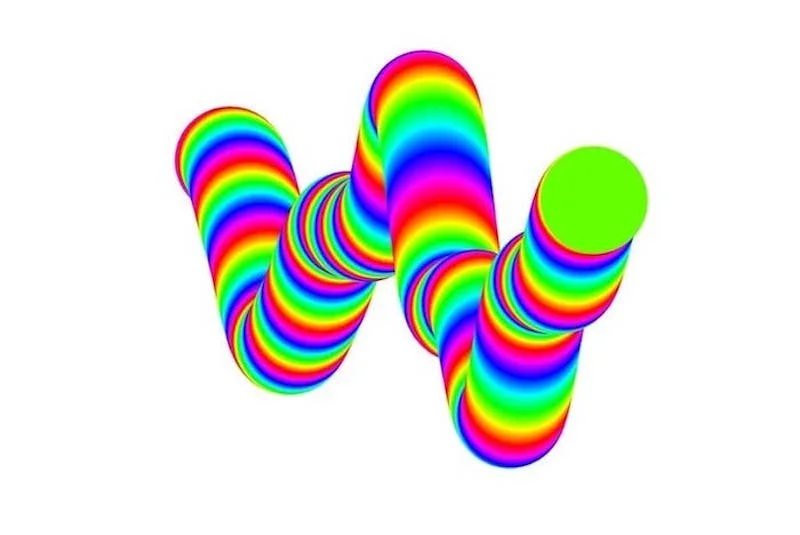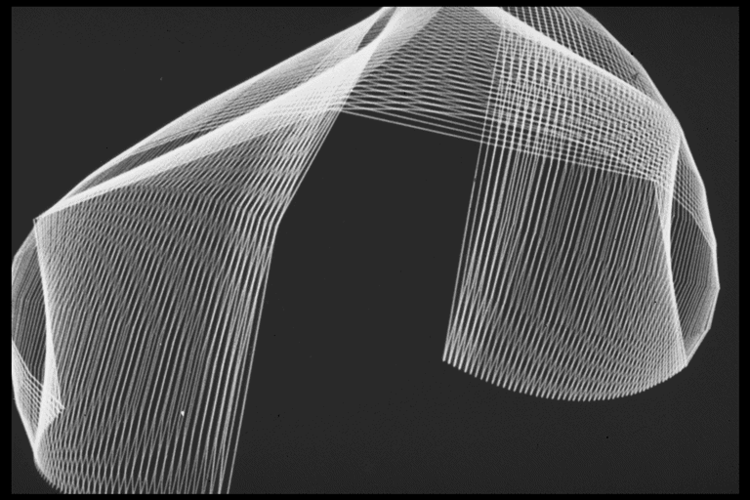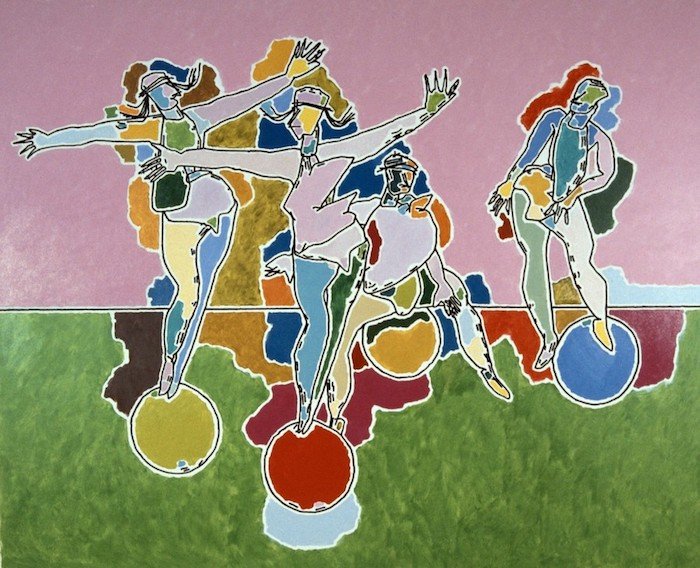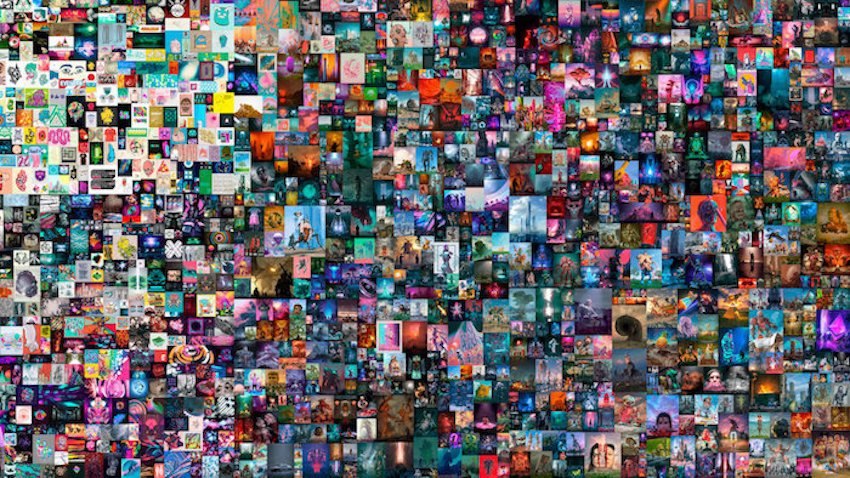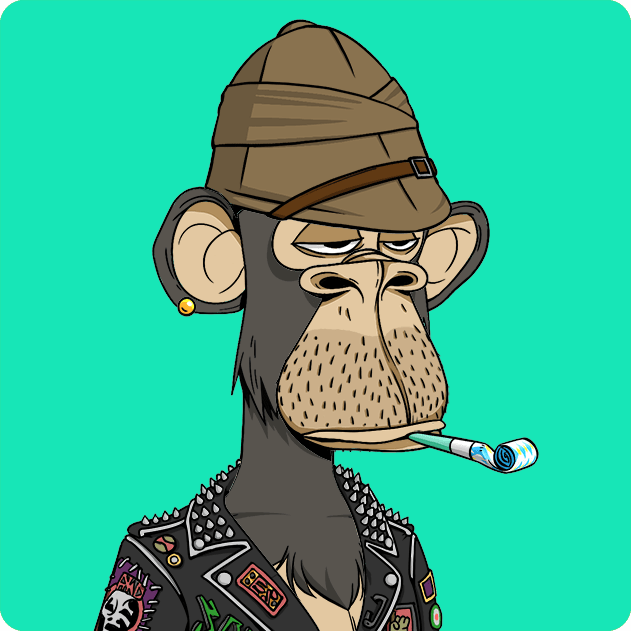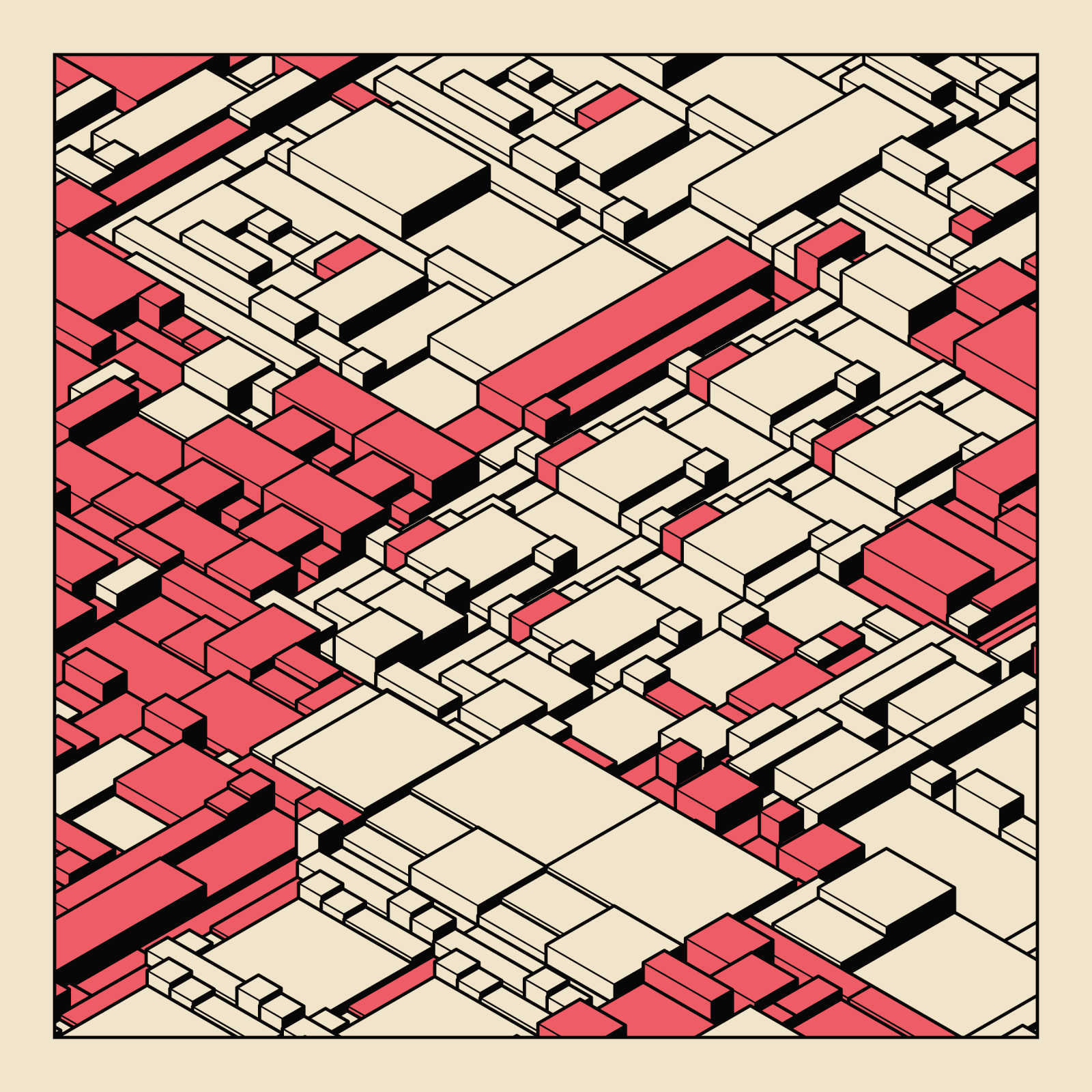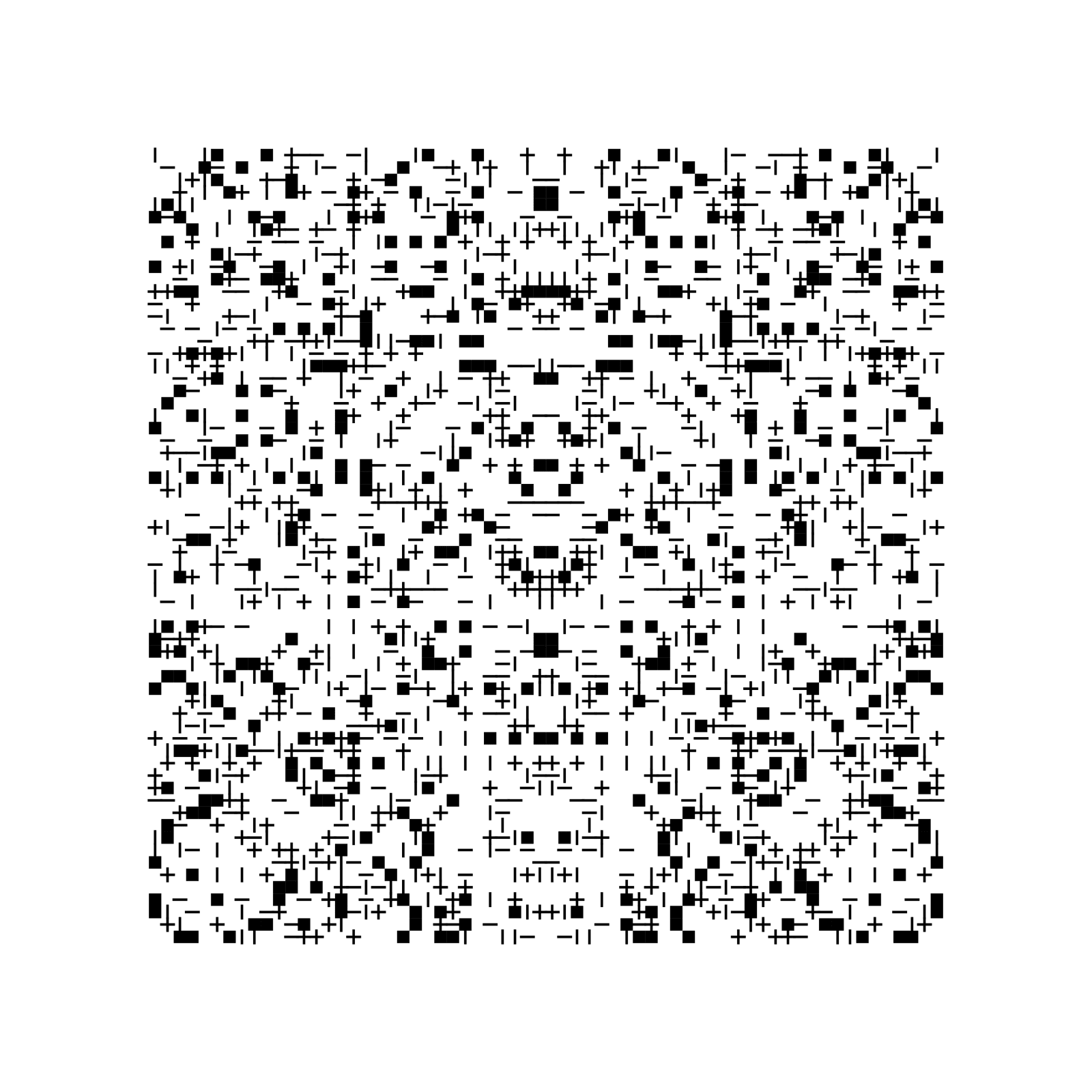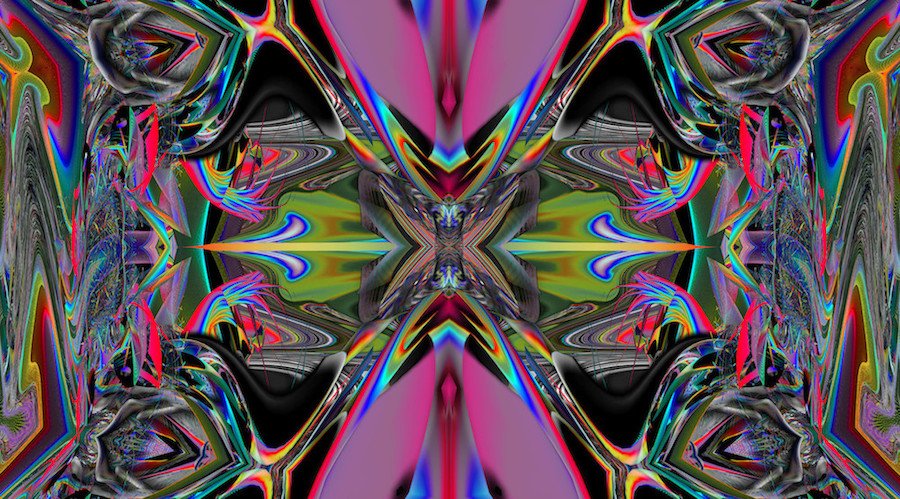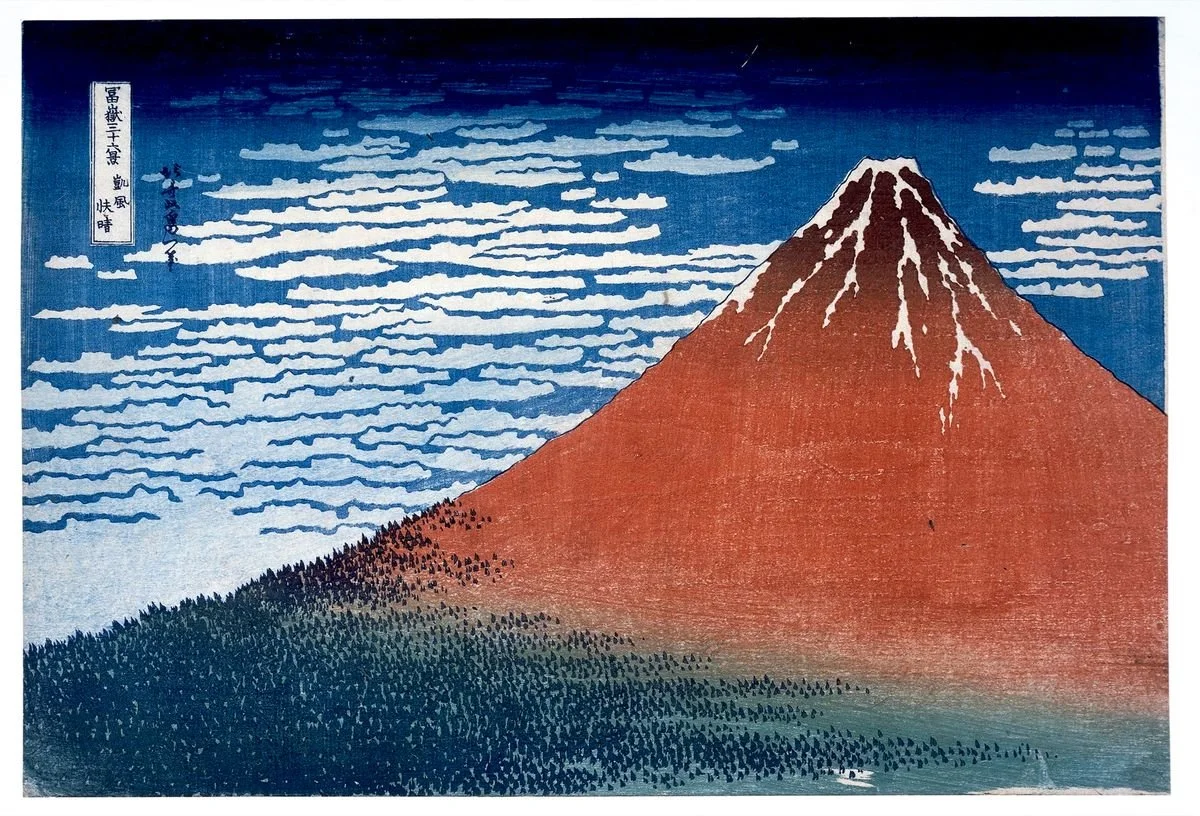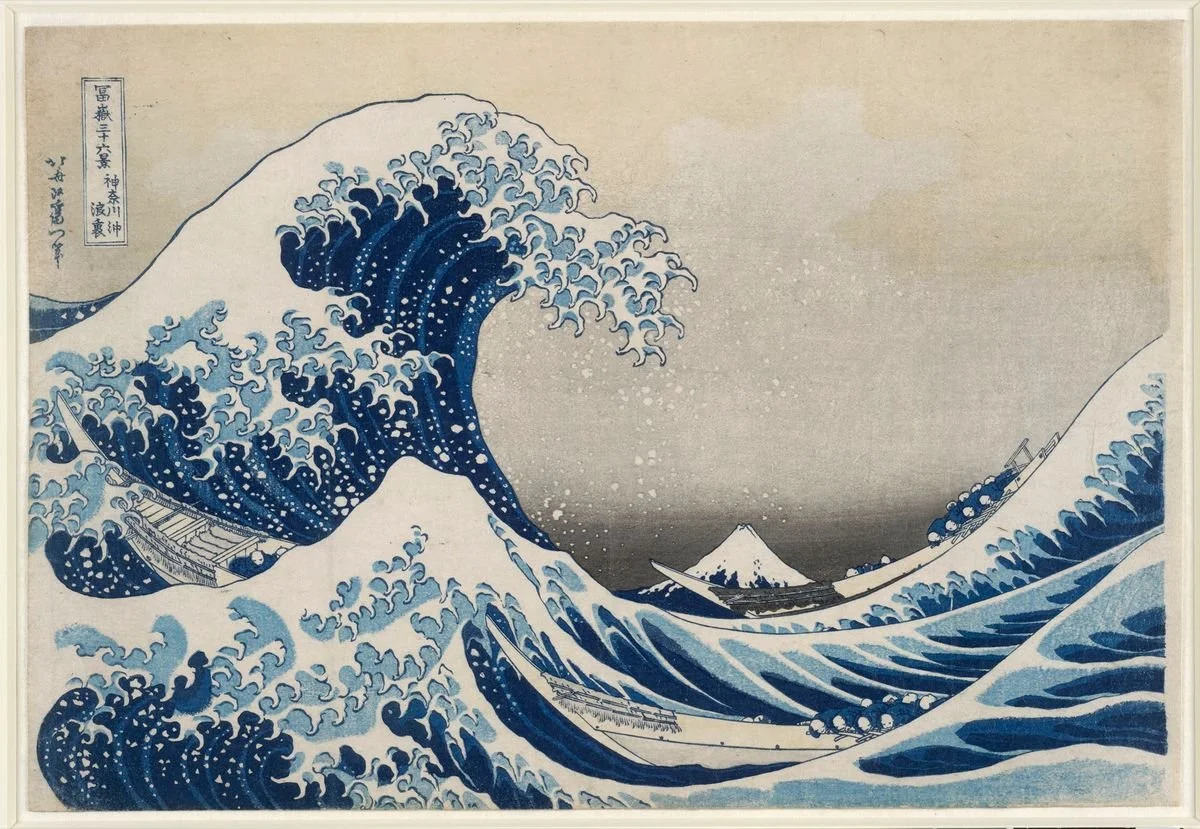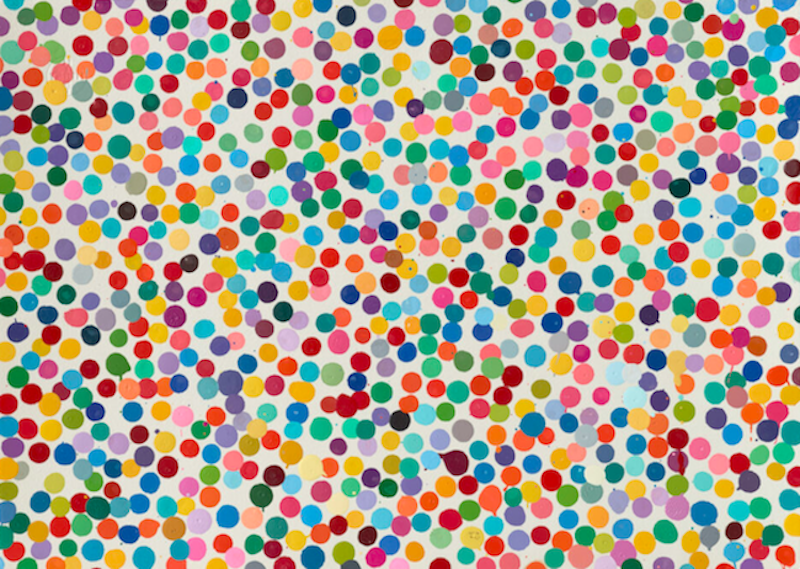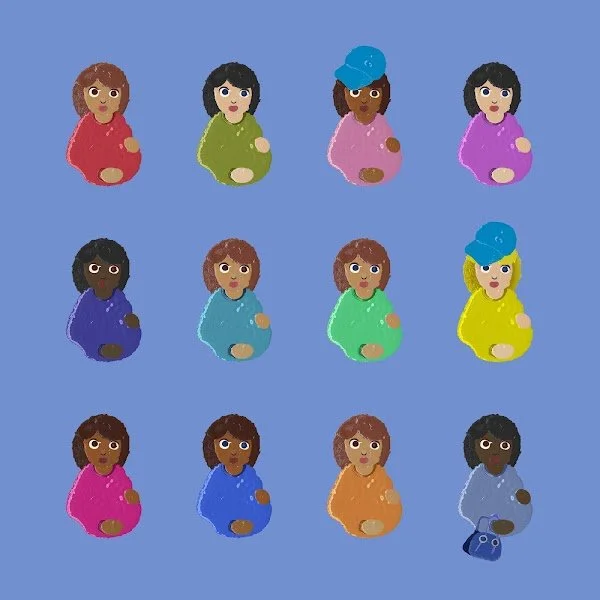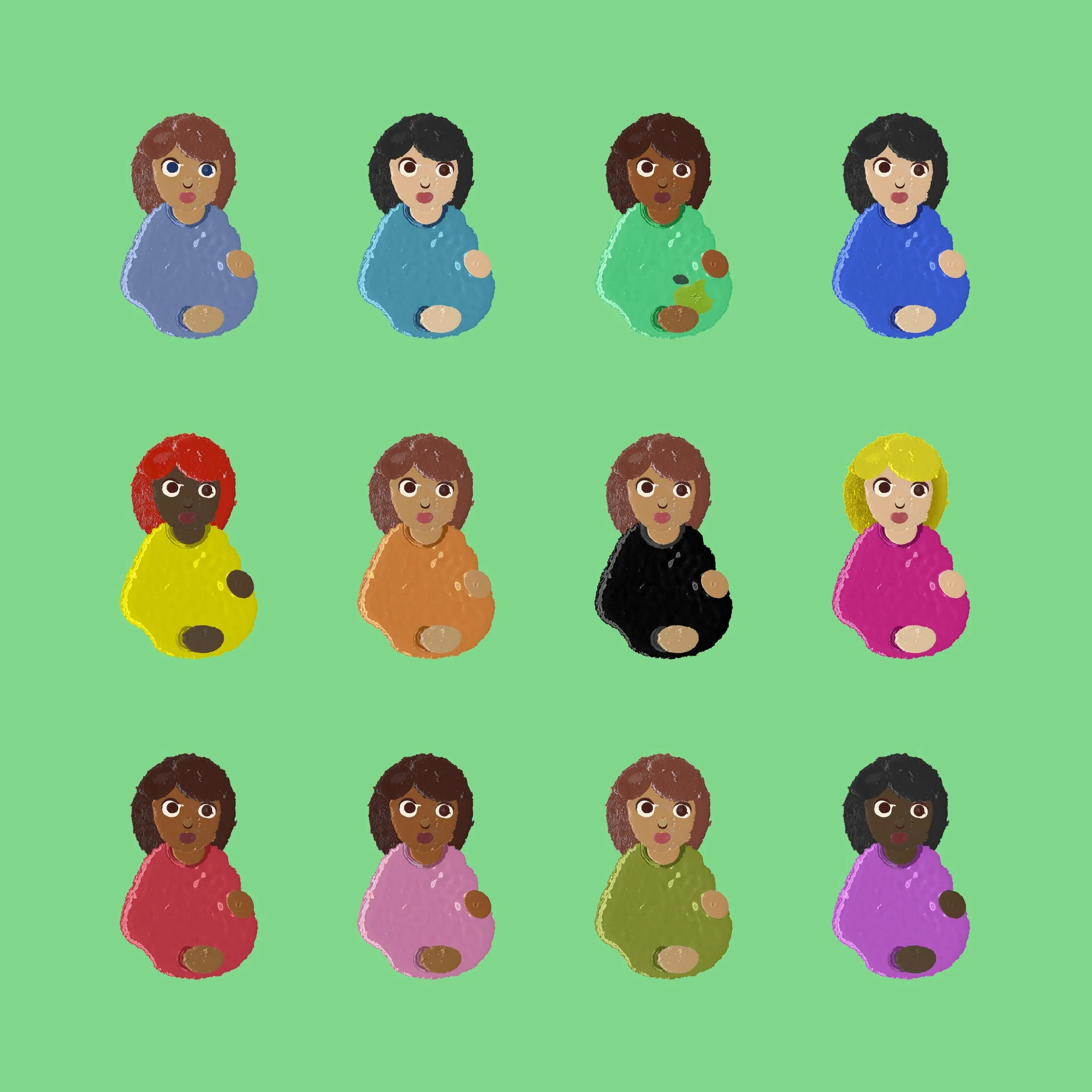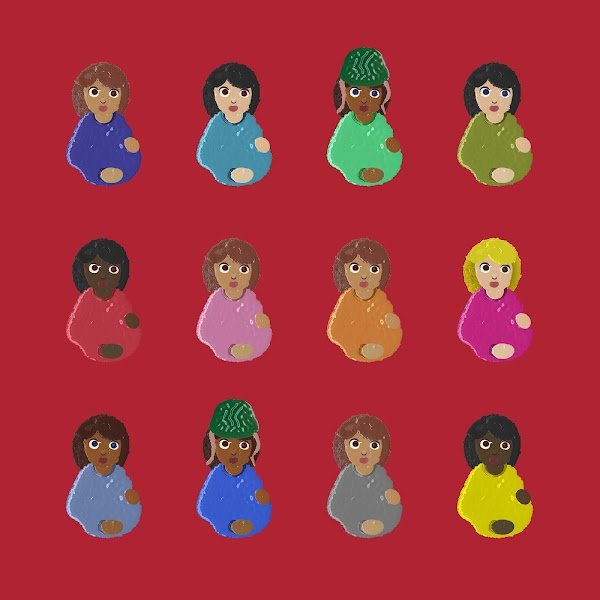The Emergence of a Medium
Past, Present and Future of Digital Art and NFTs
This short article aims to highlight the most interesting aspects of NFTs as they relate to digital art. While not a comprehensive guide, we hope this post can help those who are curious and excited about getting more familiar with this new space.
Chromie Squiggle #9139 (Hyper-Bold) — Snowfro - Art Blocks
Quick refresher: what is an NFT?
Most of you will be familiar with NFTs at this point. But a quick refresher in case it’s been a while.
NFT stands for “Non-Fungible Token”. “Fungible” is a new concept for most. Something is “fungible” if it is totally interchangeable with something else. For example, one dollar is totally interchangeable with another dollar. If you have a dollar and I have a dollar, and we switch them, we can both use our dollars toward a coffee. Something non-fungible, however, is not interchangeable – I can’t simply swap my Picasso for your Rembrandt. They’re too unique to be directly substituted.
So what is the “token” in NFT? A token is the name given to an item of representation on the blockchain. Every time a new artwork is created – or “minted” – on the blockchain, a new token is created to track all its related information. Most crucially, the token tracks who owns that particular artwork.
NFTs can also be used as a digital medium in the creative process itself. The advantages of NFTs include their decentralised backing model, their ability to accurately track the provenance and prove the authenticity of any given work, as well as maintaining digital scarcity.
NFTs are one of the hottest technologies in the world. They’ve already found demand in collectibles and art, but are cited to play an important role in everything from digital land, to advertising, to novel financial assets and beyond. Crysalis is purely focused on the fine digital art use case.
Digital art NFTs made an entrance into the mainstream art world in 2021. They represent one of the most exciting new spaces for creation, curation and collection that people should be paying attention to. Here is a quick guide to get you started.
A Brief History to Digital Art
Many pioneers of digital art paved the way long before the advent of blockchain and NFTs. In the 1950s, mathematician Ben F. Laposky and physicist Herbert W. Franke experimented with oscilloscopes and analogue devices to create abstract geometric patterns.
Lapovski, Franke
In 1965, the first art generated by a computer algorithm was shown by Georg Nees in Stuttgart. Paul Brown was another contemporary example of an artist exploiting new computational technologies. In the late 1970s, he began generating drawings with a computer by using individual elements according to a certain set of rules. You can read about and view more 1960s-70s digital art here.
Georg Nees
Harold Cohen was a crucial figure in the advancement of generative computer art. In 1973 he created AARON, a sophisticated computer program that passed as an artificial intelligence, which could generate artwork autonomously. The works have since been exhibited in major museums such as the Tate Modern.
Harold Cohen
In the 1980s, Andy Warhol also experimented with digital art on his personal Amiga computer, including doodles of his famous Campbell’s soup can and Botticelli’s Venus.
To learn more about the history of digital art you can read our posts here.
Andy Warhol
History of Art NFTs
Whilst variations on NFTs have technically been in existence for almost a decade, they began to really get traction in 2017. 2017 saw the launch of one of the first prominent NFTs art projects on the Ethereum blockchain: Larva Labs’ CryptoPunks. The project consists of 10,000 unique characters with traits randomly generated by an algorithm. Each Punk can be individually purchased and collected. Ownership is tracked and provable via the Ethereum blockchain. At the time of writing, the lowest price available for a Punk is around $200,000, with many exceeding millions of dollars.
Larva Labs, CryptoPunk #5817
Throughout 2017-2020, increasing market demand and large inflows of capital into crypto led to the NFTs scene maturing as a market. This was helped by the emergence of web marketplaces such as OpenSea, SuperRare, NiftyGateway, to name a few.
NFTs Now
2021 was the year that art NFTs truly entered the mainstream art scene. The most defining moment was the sale of Beeple’s Everydays: The First 5,000 Days in March. The sale happened through Christie’s at the price of $69 million. This brought a massive amount of attention to the space and elevated its prestige. Digital art was skyrocketed into a new era.
Beeple, Everydays: The First 5,000 Days
Following the Beeple auction, many traditional art institutions began accepting crypto as a payment method and launching their own NFT-specific platforms for hosting NFT sales. For example, Sotheby’s created its NFTs portal Metaverse in October and hosted the Natively Digital auction in June. Galleries and institutions across the globe also curated various NFTs-focused exhibitions. For example, UCCA Beijing’s ‘Virtual Niche’ featured works by artists including Beeple, Pak, and Robert Alice; HOFA Gallery in London presented ‘Portrait of an Era’, which featured works from drops of Bored Ape Yacht Club, Dmitri Cherniak CryptoPunks, Autoglyph, Fidenza, Archetype, and more; Pace Gallery has created Pace Verso, a new platform for minting, exhibiting and collecting NFTs.
Hofa Gallery - Bored Ape Yacht Club, Dmitri Cherniak, Archetype, Autoglyph
Pace Verso - Lucas Samaras
Museums are also showing interest in this new space - The British Museum has collaborated with LaCollection to investigate new ways to get involved with the growing NFT art market, selling digital versions of paintings by old masters. Art fairs are also engaging with NFTs, i.e Art Basel in Miami Beach, which held the first 'interactive' NFT exhibition with the Tezos blockchain.
The British Museum / LaCollection - Hokusai
Another significant and exciting trend in 2021 is the growing space of generative NFTs art. In contrast to other forms of NFTs, generative NFTs make the blockchain more than a storage place for information by involving it directly in the creation process. The result of each uniquely generated variation is not known and remains unpredictable until the moment the work is bought/minted. They require a higher level of design and creativity from the artist to ensure consistent quality, high variety, as well as unity across the outputs in each collection. Fidenza by Tyler Hobbs is an exemplary case of the quality potential of generative NFT.
Tyler Hobbs, Fidenza
Many internationally-known artists from the traditional art world – e.g. Damien Hirst, Urs Fischer – have also started experimenting with NFTs. This could be an encouraging sign of the fusion between the traditional and emerging art worlds, making art more accessible to more people, at the same time making new ideas and technologies more accessible to the creative process.
Damien Hirst - The Great Expectations
The Future
So far the NFT world is largely centred on the buying and collecting of art. Actually consuming and exhibiting such pieces still has room for development. One existing approach is virtual world platforms like Decentraland and Cryptovoxels, where digital gallery spaces can be built to exhibit NFTs. Another way is displaying the ‘living’ NFTs through social media profiles, or on digital screens through apps such as the one developed by Async Art. Moreover, the dynamic NFTs can also be made into physical displays via Meural, Zendvibes, Infinite Objects, etc.
Finally, it’s worth raising that there are some controversial elements to NFTs, one often-mentioned concern is their environmental impact. While not going into details in this article, we believe this will not be an issue in the near future due to the continuing innovation of blockchain technology. For example, for Ethereum there is already a transition from the current Proof of Work (PoW) to Proof of Stake (PoS) mechanism, which could reduce energy consumption by 99%. Concerns around NFTs and blockchains are not limited to environmental impact. Another concern is that the technology increases inequality. Our position is that the technology will provide a net-positive for the world – in art and beyond. We’re passionate about the space and want to help others who see its potential to deepen their understanding, make informed choices about the pieces to purchase and connect with other like-minded individuals.
The NFT space is growing faster than ever. It provides unprecedented possibilities in the field of digital art and could reshape our ways of thinking about what are means and how it is experienced. It is a space which promises riches and profound innovation.
Ezra Miller, Solvency
Sign up to Crysalis’ mailing list to stay in the loop as we dive in, head-first.
